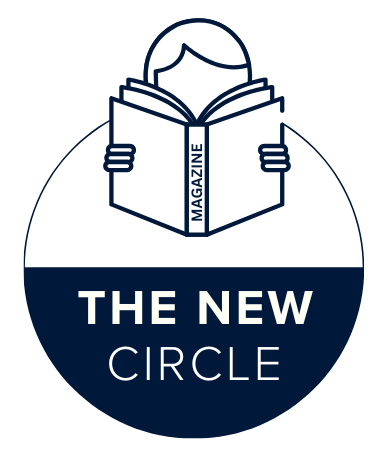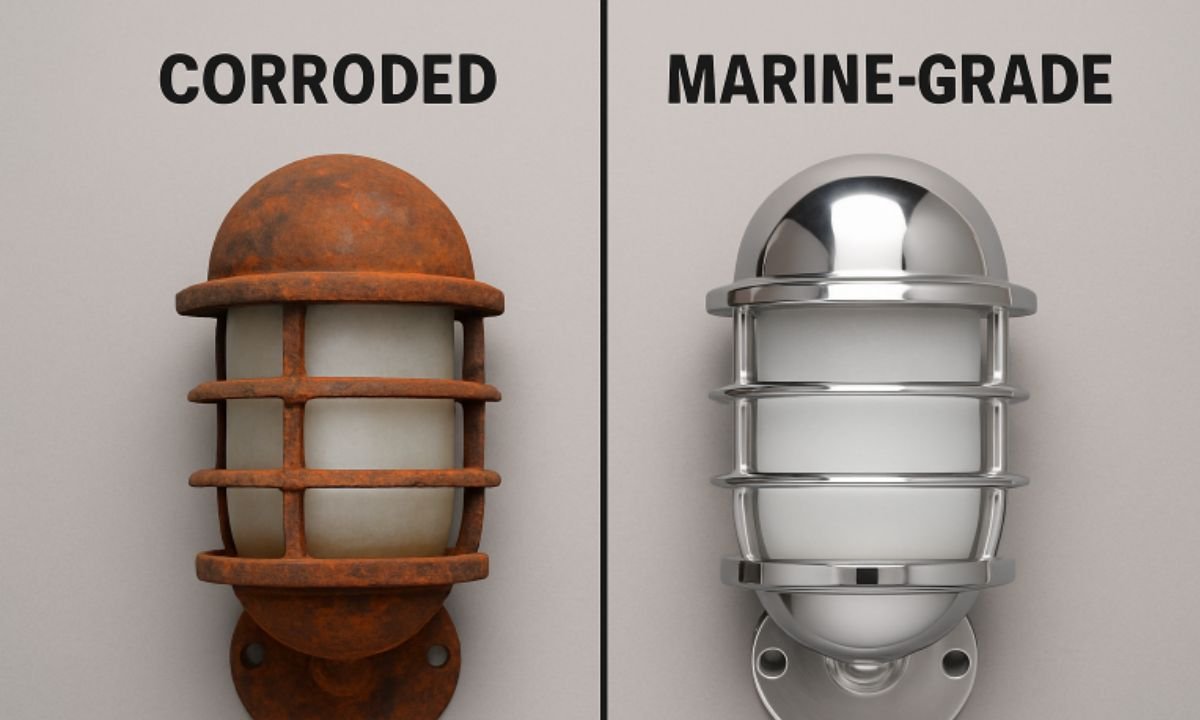Key Takeaways
- Marine environments expose fixtures to saltwater, humidity, and mechanical stress, necessitating the use of corrosion-resistant materials.
- Materials like 316 stainless steel, anodized aluminum, and marine-grade bronze offer superior durability in saltwater conditions.
- Proper certifications, such as IP ratings and NEMA standards, ensure fixtures are suitable for marine use.
- Regular maintenance and protective coatings can extend the lifespan of marine-grade fixtures.
Table of Contents
- Introduction
- Understanding Marine Environment Challenges
- Materials for Marine-Grade Fixtures
- Certifications and Standards
- Design Considerations
- Maintenance and Care
- Conclusion
Ensuring safe and effective lighting in marine environments goes beyond looks; it’s about durability and long-term performance in one of the toughest settings on Earth. Saltwater, humidity, and constant weather exposure can quickly damage standard lighting fixtures. That’s why selecting the right Barnegat lighting solutions is crucial for yacht owners, marina operators, and dock builders who want to protect their investments and maintain safe lighting. The surroundings continually challenge fixtures used in saltwater environments. Corrosive salts, high humidity, and changing temperatures all accelerate deterioration if fixtures are not properly chosen or maintained. The process of outfitting boats, piers, or dockside areas must focus on fixtures built to withstand these specific threats, ensuring reliability and lowering maintenance costs.
Understanding Marine Environment Challenges
The marine environment is notorious for its extreme conditions, with saltwater leading as a particularly aggressive factor. Salt acts as a persistent corrosive element, eating away at metals and weakening plastics over time. Humidity only accelerates this process, creating ideal conditions for rust and degradation. Additionally, exposure to UV radiation from the sun can weaken materials, while seasonal shifts lead to expansion and contraction that may cause cracks and leaks in fixtures. Mechanical forces are another concern in marine environments. Fixtures mounted on docks or boats must withstand impacts from waves, vibrations from engines, and occasionally collisions with floating debris. Without sturdy construction and corrosion-resistant materials, fixtures can quickly become liabilities rather than assets.
Materials for Marine-Grade Fixtures
The choice of construction material has a significant impact on the durability of marine fixtures against harsh environmental conditions. 316 stainless steel is recognized for its exceptional corrosion resistance, thanks to its molybdenum content, which enables it to retain its strength and appearance over time. Anodized aluminum is also a favored alternative, as its oxide layer enhances resistance to corrosion and scratching while being lightweight. Additionally, bronze and copper are traditional materials in marine applications, forming a protective patina that increases their longevity, making them ideal for decorative fixtures and equipment in direct contact with water.
Certifications and Standards
Reliable marine fixtures not only use premium materials but also meet key safety and durability standards. IP ratings (Ingress Protection) describe how well a product withstands intrusion from water and dust. For environments subject to heavy spray or even submersion, fixtures rated IP65 or higher (such as IP68) are highly recommended. NEMA 4X is another crucial certification, indicating robust construction against corrosion, dust, splashing water, and windblown debris—making these fixtures a smart choice for use in waterfront and boating environments. Additionally, ISO 12944 provides guidance on environmental corrosion severity and suitable coating systems, ensuring fixtures can withstand aggressive atmospheric conditions. More information on industry standards can be found on the International Organization for Standardization site.
Design Considerations
The performance of marine-grade fixtures also depends on how they’re designed and installed. Fixtures must feature effective sealing to keep out moisture and salt; look for models with O-ring gaskets or welded seams rather than simple snap-fit enclosures. Components constructed from UV-resistant plastics and coatings can protect against sun-induced brittleness. Properly engineered mounting hardware is also essential to guard against vibrations, shocks, and other mechanical stresses.
Maintenance and Care
Alongside the right material and design choices, regular maintenance is crucial for the longevity of marine fixtures. Schedule routine checks to inspect for corrosion, grime, or visible wear. Where necessary, reapply protective coatings and lubricate moving parts to prevent them from seizing and rusting. Frequent rinsing with fresh water, especially after exposure to salt spray, helps prevent salt deposits from building up. Proactive care not only extends fixture life but also reduces the risk of costly replacements down the line.
Conclusion
Marine environments present a unique challenge for every element chosen for lighting systems. By investing in proven materials, requiring proper certifications, choosing intelligent designs, and committing to regular upkeep, you guarantee that your installations will withstand the test of time and tide. Whether lighting a pier, decorating a yacht, or illuminating a commercial dock, the thoughtful selection of marine-grade fixtures preserves safety, aesthetics, and value in every setting.
YOU MAY ALSO LIKE: The Best Ways to Incorporate Christmas Lights into Your Festive Decor

